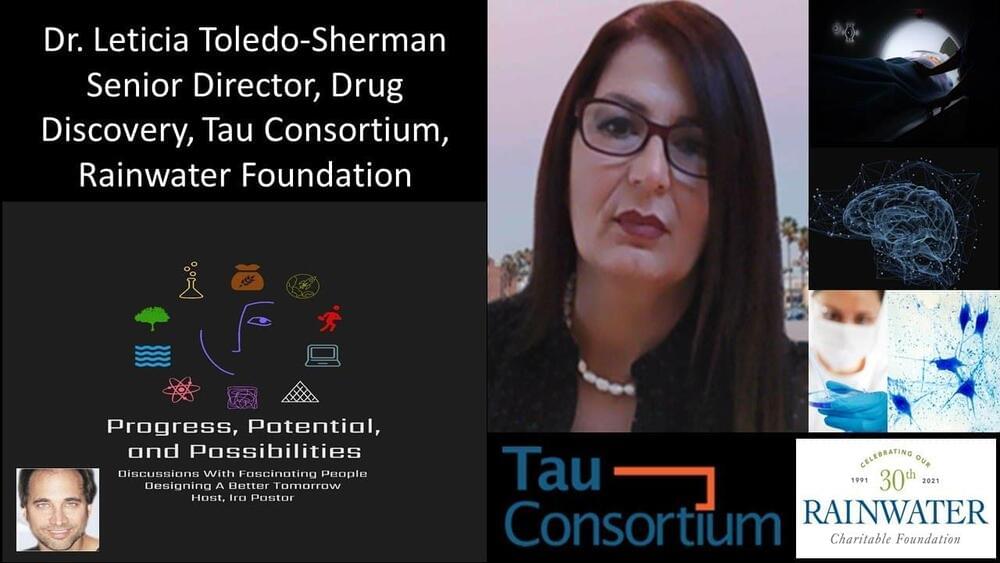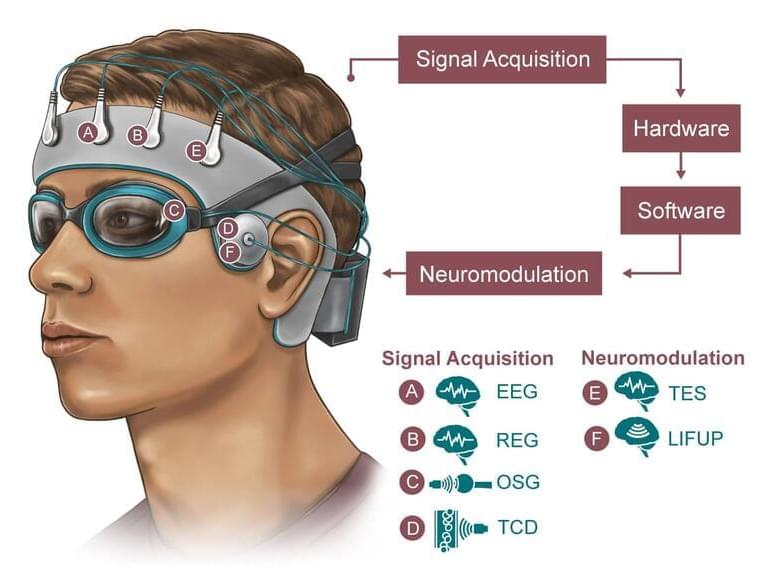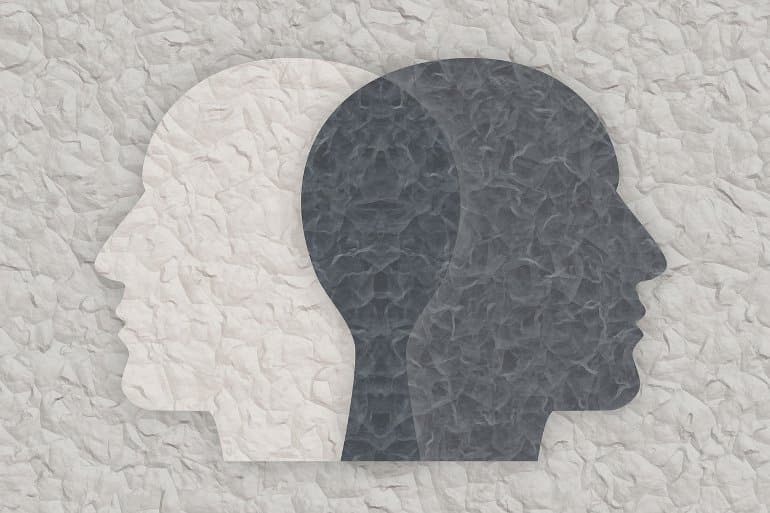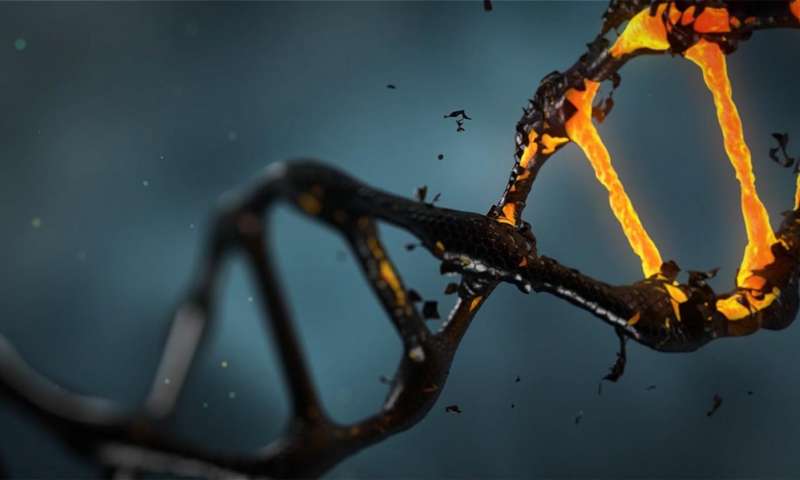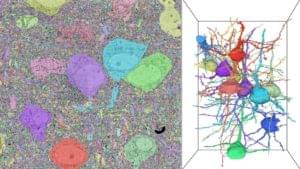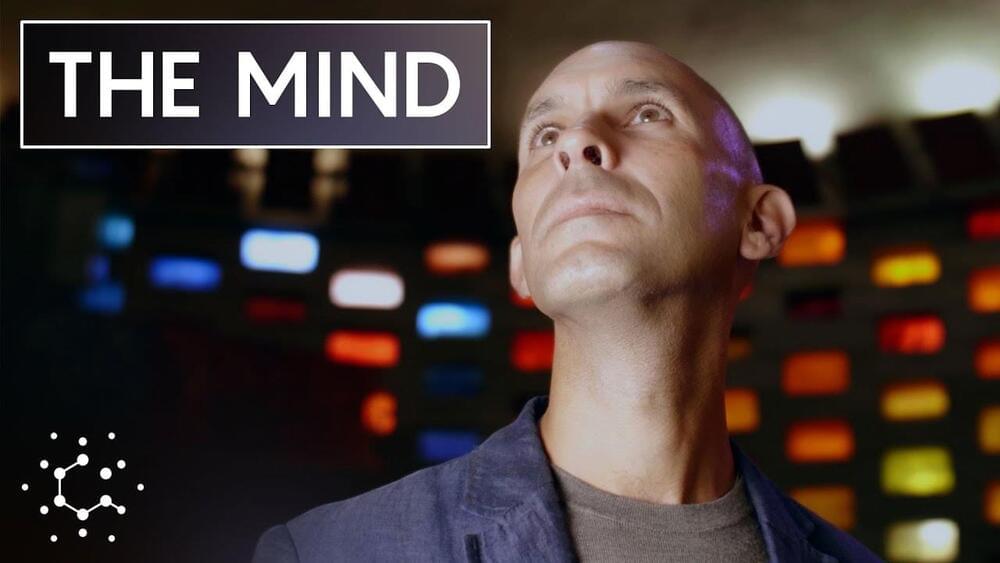Developing drugs for a range of tauopathies — dr leticia toledo-sherman, senior director, drug discovery, tau consortium, rainwater charitable foundation.
Dr. Leticia Toledo-Sherman is Senior Director of Drug Discovery of the Tau Consortium (https://tauconsortium.org/) for The Rainwater Charitable Foundation (https://rainwatercharitablefoundation.org/medical-research) and also holds an appointment as Adjunct Assistant Professor of Neurology at UCLA.
Dr. Toledo-Sherman leads drug discovery activities for an international network of scientists working to develop therapies for Tauopathies, a group of neurodegenerative disorders characterized by the deposition of abnormal Tau protein in the brain.
Previously, Dr. Toledo-Sherman was Director of Medicinal Chemistry and Computer-Aided Drug Design at the CHDI Foundation, leading drug discovery programs for therapeutic development in Huntington’s Disease (HD). At CHDI, she also led a structural biology initiative critical to the understanding of the relationship between structure and biological function of huntingtin, the protein that when mutated causes HD.
Prior to joining CHDI, Dr. Toledo-Sherman was Executive Director of Chemistry at Lymphosign (now part of Pharmascience Inc), a privately held biotechnology company that applied rational design principles to the development of therapeutics for blood cancers. From 2000 to 2,004 she led a multi-site, multidisciplinary team using chemical proteomics and bioinformatics to discover therapeutic targets and to investigate the mechanism of action of drugs.
Dr. Toledo-Sherman started her professional career as a leading scientist at Kinetix Pharmaceuticals (acquired by Amgen), where she implemented an in-silico platform aimed at rational drug design of kinase inhibitors targeting multiple therapeutic areas.
Besides her work in discovery and development of therapies for neurodegenerative diseases, Dr. Toledo-Sherman is interested in the field of Chemical Biology. She has been involved in several initiatives and expert panels on the use of sharp proof-of-concept chemical probes to validate targets and interrogate biological mechanisms. She is also an advocate for open science at the pre-competitive drug discovery stage.
Dr. Toledo-Sherman received a PhD in Organic Chemistry from The State University of New York at Stony Brook and did postdoctoral research at the Massachusetts Institute of Technology and The Skaggs Institute for Chemical Biology at The Scripps Research Institute in La Jolla, California.
